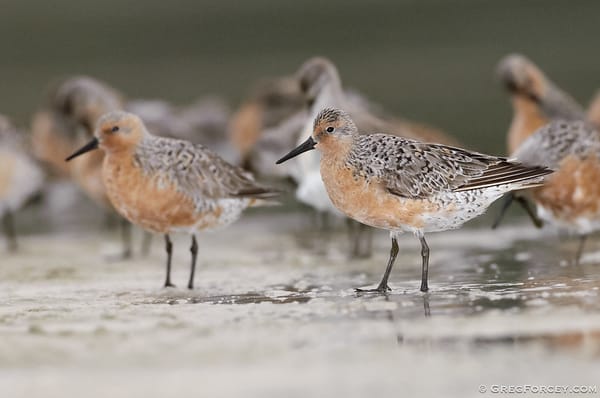Review of bat fatality studies at wind farms shows curtailment is an effective approach to reducing mortality
Meta-analysis across eight wind facilities shows curtailment to be an effective approach for reducing bat collisions

As wind power becomes more widespread, bats continue to be killed in large numbers when colliding with spinning turbine blades. One way to reduce bat collisions is to prevent turbines from spinning (curtailment) at low wind speeds when the loss of power is minimal. Researchers Michael Whitby and colleagues used data from eight North American wind facilities to evaluate the effectiveness of curtailment as a mortality reduction strategy. Their results showed that stopping the blades from spinning at wind speeds <5 m/s reduced bat fatalities by an average of 62%. Curtailing turbine blades at higher wind speeds reduced bat fatalities even further, but at the cost of more energy production loss.
Why bat fatalities are so consequential
The push to produce energy while minimizing impacts on biodiversity is a constant dilemma as humanity's energy requirements grow. Certain bat species (the tree bats [eastern red bat, silver-haired bat, and hoary bat]) are particularly vulnerable to wind turbine collisions, and high numbers of bat deaths from wind turbine collisions have been documented in North America, Europe, South America, and Africa. However, it is not known what effect these deaths have on bat populations because little data exist on bat population sizes. Bats are also a slowly reproducing species. Thus, an individual being killed has a greater impact on the population than equivalent mortality from a faster-reproducing species. Proactively reducing fatalities is critical for minimizing wind power's impact on bat populations.
Why a meta-analysis is important
A meta-analysis is a study of multiple studies addressing the same research questions. Because all the studies used in this meta-analysis used different methods, comparing them directly without controlling for the different methods used would not be meaningful. Whitby and colleagues used a quantitative meta-analysis approach to assess the effectiveness of curtailment as a mitigation strategy while accounting for the variation among the different studies. This allows the studies with various methods to be used together in the analysis despite differing methodologies. Using a meta-analysis also pools sample sizes across studies to provide increased statistical power to detect changes in mortality among bat species.
Whitby's et al.'s approach
Researchers collected bat fatality rates from publicly available studies of 19 curtailment treatments from eight wind facilities. Studies using curtailment above certain temperatures or smart curtailment were not used because the approaches differed substantially from other studies. Using meta-analysis and meta-regression techniques, Whitby and colleagues evaluated the effectiveness of curtailment while controlling for the effects of sampling design, location, and turbine characteristics. This allows the curtailment effectiveness to be assessed while minimizing confounding variables.
What did they find?
Researchers found a statistically significant effect of curtailment with each 1 m/s increase in curtailment wind speed for hoary bats, eastern red bats, and silver-haired bats. Overall, fatalities were reduced by 62% across studies that curtailed turbines at 5 m/s and below. This significant finding is notable as many site-specific studies lack the statistical power to detect change from limited fatalities or small sample sizes. This finding suggests that increasing the wind speeds where turbines start spinning can significantly reduce bat fatalities.

Study limitations
While the meta-analysis showed strong relationships between curtailing turbines and reducing bat fatalities, the relationship was less clear for hoary bats, where turbine characteristics played an equal role as curtailment, and models had poor explanatory power. Regardless, curtailment was a strong factor in reducing fatalities for silver-haired and eastern red bats, species strongly affected by wind turbine collisions.
Conclusion
This study aimed to address the often limited sample sizes and statistical power to detect decreases in mortality that individual bat fatality studies frequently encounter. Using meta-analysis and meta-regression, researchers found statistically significant effects of curtailment on bat fatality reduction. These findings support curtailment as an effective strategy for reducing bat fatalities at wind facilities but also suggest site-specific adjustments to the curtailment strategy, which could further reduce fatalities while minimizing energy production loss.
Reference
Whitby, M. D., M. T. O’Mara, C. D. Hein, M. Huso, and W. F. Frick. 2024. A decade of curtailment studies demonstrates a consistent and effective strategy to reduce bat fatalities at wind turbines in North America. Ecological Solutions and Evidence 5:e12371. https://besjournals.onlinelibrary.wiley.com/doi/10.1002/2688-8319.12371





